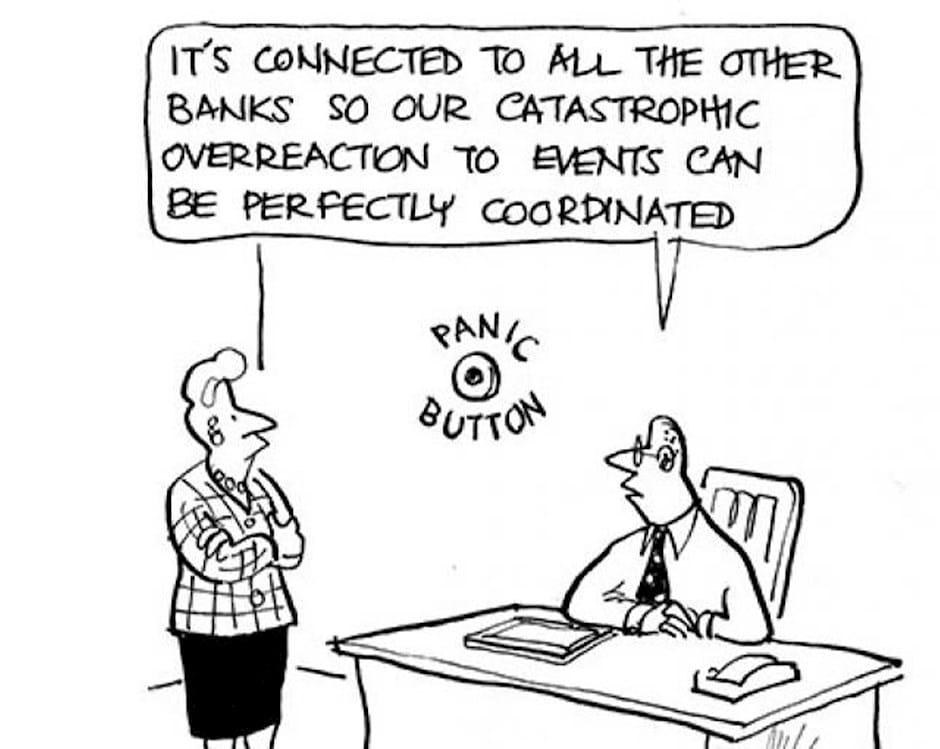Imagine two banks with loan portfolios identical in all respects. One bank decides to delay fully accounting for expected loan losses, so its provision is relatively small and its profits more robust. The other doesn’t delay and recognizes a larger provision, reducing profits. The first bank’s financial statement will be more opaque, and the second bank’s more transparent (and accurate).
“If a bank is slower to incorporate current and future loan portfolio deteriorations in the current period’s loan loss provisions, then earnings and capital will be less timely signals of bank problems,” writes Gallemore. He additionally calculates an expectation metric for a bank’s future loan losses. Gallemore labels this variable delayed expected loan loss recognition and uses it to determine whether it drives regulators’ intervention decisions.
US banking regulators have a range of tools, from mild enforcement actions to more-severe edicts, including the removal of management. In extreme cases, banks become insolvent and are either closed and liquidated or sold to another institution.
It appears regulators wanted to refrain from interfering with riskier banks during the crisis, particularly when there were other weak banks in the state. Gallemore suggests that regulators held back not because they were fooled by inaccurate financials but because it was less costly for regulators.
A troubled bank that recognizes expected loan losses in a timely manner is transparent. Everyone can see that it is troubled, and regulators may feel pressured to intervene.
But a more opaque bank that delays recognizing expected loan losses gives regulators the wiggle room to choose not to intervene, Gallemore says. Regulators thus avoid the cost of a liquidation or sale, and the potential public panic of bank closings.
And Gallemore suggests that if forbearance prevents the tide of bank runs on otherwise healthy institutions, some level of opacity may actually be desirable for the banking industry as a whole.



